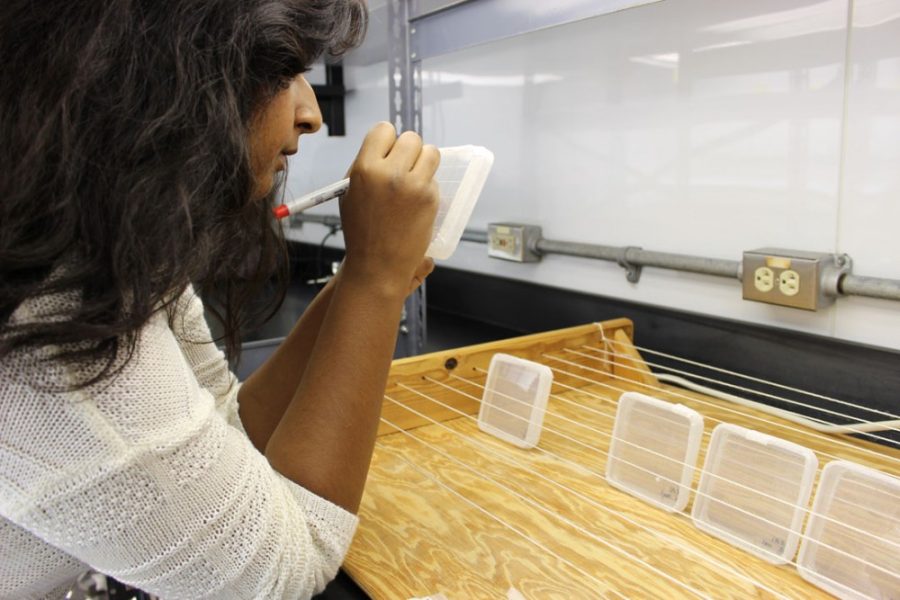Science suffers when there are not enough funds for investigators to do research, and potential discoveries are stifled by the increasing difficulty of obtaining funding. However, as a top public research university, the UA is adapting to tackle the challenge.
“It’s no secret that the federal government is in a period of retrenchment,” said Kimberly Espy, the senior vice president for research. “We have too little tax dollars coming in and that trickles down to the research budget.”
Agencies are spending less money overall on research and development funding, Espy said. For example, the UA has seen a general decline in the amount of funding received from the National Institutes of Health over the past decade.
“And yet, it’s at a time when the need for investment in research couldn’t be greater,” Espy said.
Currently, the average age for an investigator to get their first R01 research grant from the NIH is 42, according to Tricia Serio, head of the molecular and cellular biology department. The R01 research grant is the standard grant that investigators get to run their lab. In 1980, the average age was approximately 36.
“[Difficulties with funding] slows the pace of advancement in science because people are spending more time writing grants than doing research,” Serio said.
People had no idea how the fundamental research that ultimately led to things like iPods and Global Positioning Systems would turn out, Espy said. If money was only put towards things that had practical applications, those technologies might not have come to be.
Inadequate funding also reinforces the inflexible path students follow to become investigators.
“Research in biology, the way the structure is set up now, is kind of like a pipeline,” Serio said. “You come in, do research as an undergraduate, as a graduate student, as a postdoctoral scholar and continue on the academic track. But there is not really a way to exit [the pipeline] and also re-enter.”
The problems with funding will cause people to leave academic science with no realistic way to come back if they ever decide to, Serio said. This has repercussions for education and the training of future generations of scientists, because there are fewer opportunities for people to get the training they need.
“At the same time, even with less money being available, I’m very confident in the talent and creativity of our faculty,” Espy said. “The impact that our faculty make every day from the basic discoveries, to helping farmers use new practices to increase their yield, to putting in new installations in art museums is truly remarkable.”
While overall funding has been down, one thing that is evolving is what the federal government is interested in funding.
“Nowadays, places like the NIH and National Science Foundation recognize that we have some grand challenges here,” Espy said. “How do we feed ten billion people in a way that leads to sustainable resources in our planet and at the same time powers our futures? How do we come up with treatments for diseases that are personalized for the differences between you and me?”
Many of these grand challenges are sitting at the gaps between disciplines, Espy said.
“If just a social scientist or physicist could have solved it alone, it would have been done,” Espy said. “So they are funding larger teams to tackle larger problems.”
Espy’s office focuses on looking for ways to bring people together to enable transdisciplinary work, such as connecting physical sciences to the life sciences.
While there are difficulties with funding, the choice to embark on this career path is not different from other careers, Serio said.
“There are risks involved in all professions,” Serio said. “If it’s something you are passionate about, you should try.”
______
Follow Julie Huynh on Twitter.









